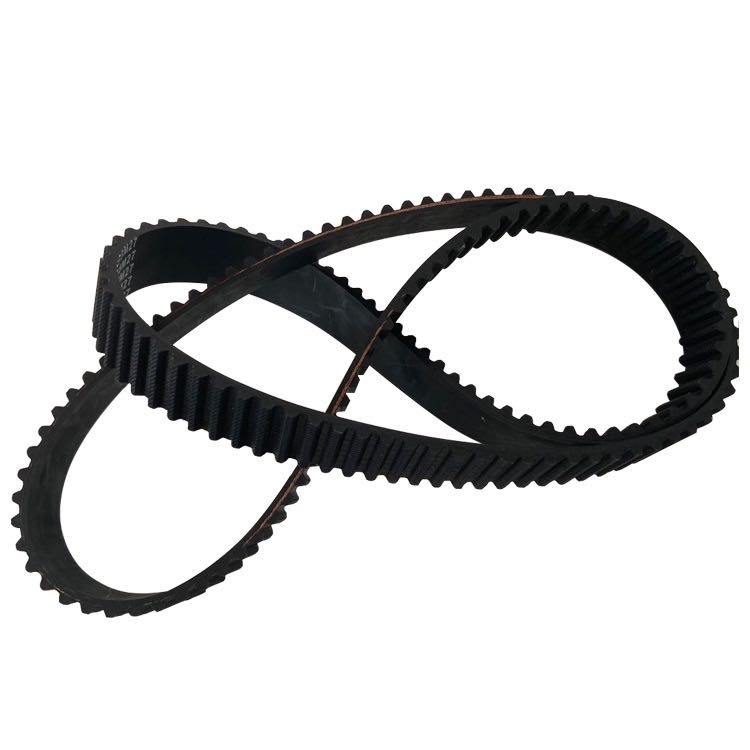- Arabic
- French
- Russian
- Spanish
- Portuguese
- Turkish
- Armenian
- English
- Albanian
- Amharic
- Azerbaijani
- Basque
- Belarusian
- Bengali
- Bosnian
- Bulgarian
- Catalan
- Cebuano
- Corsican
- Croatian
- Czech
- Danish
- Dutch
- Afrikaans
- Esperanto
- Estonian
- Finnish
- Frisian
- Galician
- Georgian
- German
- Greek
- Gujarati
- Haitian Creole
- hausa
- hawaiian
- Hebrew
- Hindi
- Miao
- Hungarian
- Icelandic
- igbo
- Indonesian
- irish
- Italian
- Japanese
- Javanese
- Kannada
- kazakh
- Khmer
- Rwandese
- Korean
- Kurdish
- Kyrgyz
- Lao
- Latin
- Latvian
- Lithuanian
- Luxembourgish
- Macedonian
- Malgashi
- Malay
- Malayalam
- Maltese
- Maori
- Marathi
- Mongolian
- Myanmar
- Nepali
- Norwegian
- Norwegian
- Occitan
- Pashto
- Persian
- Polish
- Punjabi
- Romanian
- Samoan
- Scottish Gaelic
- Serbian
- Sesotho
- Shona
- Sindhi
- Sinhala
- Slovak
- Slovenian
- Somali
- Sundanese
- Swahili
- Swedish
- Tagalog
- Tajik
- Tamil
- Tatar
- Telugu
- Thai
- Turkmen
- Ukrainian
- Urdu
- Uighur
- Uzbek
- Vietnamese
- Welsh
- Bantu
- Yiddish
- Yoruba
- Zulu
Ağu . 17, 2024 10:20 Back to list
Understanding the Importance of Timing Belt Maintenance for Your Vehicle
Understanding Belt Timing Importance and Maintenance
Belt timing is a crucial aspect of automotive engineering that affects the performance and longevity of an engine. In modern internal combustion engines, timing belts, also known as cam belts, play a vital role in synchronizing the rotational speed of the crankshaft and camshaft. This synchronization ensures that the engine's valves open and close at the correct times during each cylinder's intake and combustion cycle. Any misalignment or failure in the timing belt can lead to severe engine damage, making understanding and maintaining it indispensable for vehicle owners.
Understanding Belt Timing Importance and Maintenance
Over time, timing belts experience wear and tear due to various factors, including heat, oil exposure, and mechanical stress. Most manufacturers recommend replacing the timing belt every 60,000 to 100,000 miles, although the specific interval can vary based on the make and model of the vehicle. Neglecting to replace a worn timing belt can lead to catastrophic failure. If a belt snaps while the engine is running, it can cause the pistons to strike the open valves, resulting in bent valves, damaged pistons, and even a ruined engine—leading to costly repairs and significant downtime.
belt timing

Preventative maintenance is the key to avoiding such disastrous outcomes. Regular inspections of the timing belt and surrounding components, such as the tensioner and idler pulleys, can help identify signs of wear. Mechanics often look for cracks, fraying, or glazing on the belt surface. Additionally, when replacing the timing belt, it is advisable to also replace the water pump and tensioners, as these components often have a similar lifespan and can lead to future complications if left unaddressed.
Many car owners may overlook the importance of maintaining the timing belt, but awareness of the potential risks associated with neglect could save them from significant financial burdens. It is equally important to note that while conventional rubber timing belts are common, some modern engines are equipped with timing chains. Timing chains, made of metal, generally have a longer lifespan than belts and are less prone to failure. However, they too require maintenance to ensure proper function, as they can stretch over time and may lead to timing issues.
In conclusion, timing belts are an essential part of an engine's operation, playing a crucial role in ensuring that components work together seamlessly. Regular maintenance and timely replacement are necessary to avoid catastrophic engine failures and costly repairs. Vehicle owners should educate themselves about their specific model's timing belt requirements and consult with qualified mechanics to keep their engines running smoothly. By taking proactive measures, car owners can enjoy a reliable vehicle while avoiding the pitfalls associated with a neglected timing belt.
-
Korean Auto Parts Timing Belt 24312-37500 For Hyundai/Kia
NewsMar.07,2025
-
7PK2300 90916-T2024 RIBBED BELT POLY V BELT PK BELT
NewsMar.07,2025
-
Chinese Auto Belt Factory 310-2M-22 For BMW/Mercedes-Benz
NewsMar.07,2025
-
Chinese Auto Belt Factory 310-2M-22 For BMW/Mercedes-Benz
NewsMar.07,2025
-
90916-02660 PK Belt 6PK1680 For Toyota
NewsMar.07,2025
-
drive belt serpentine belt
NewsMar.07,2025

